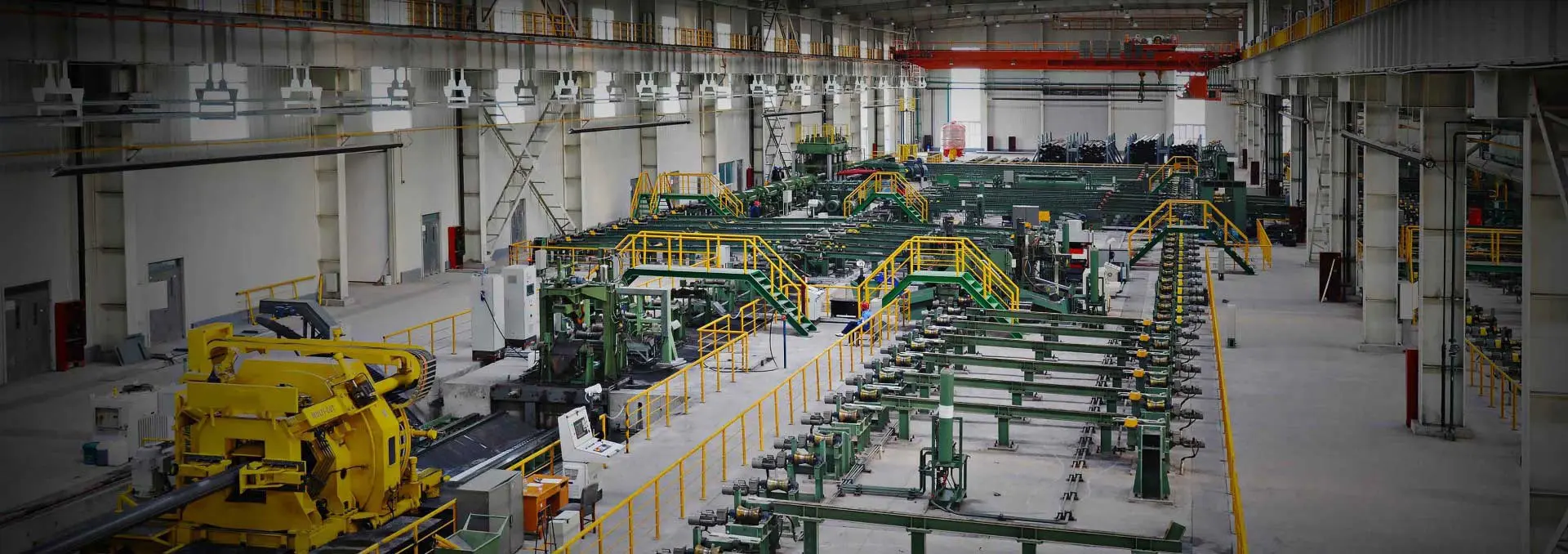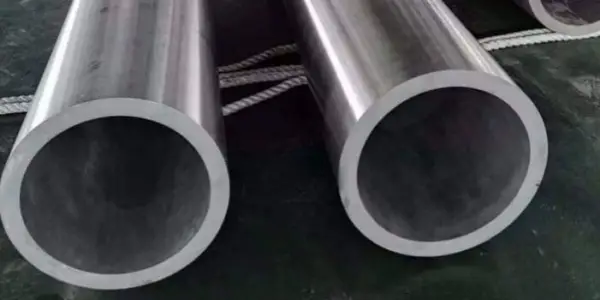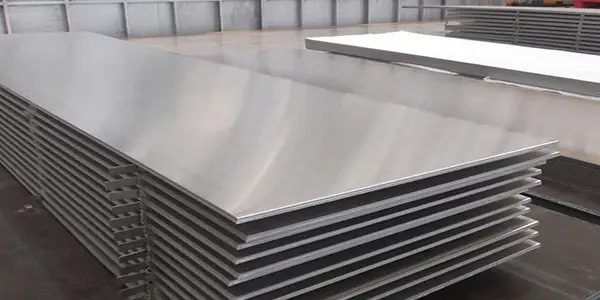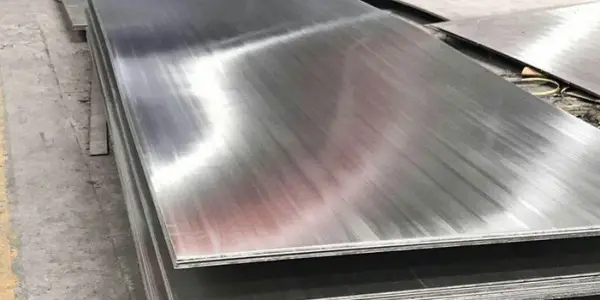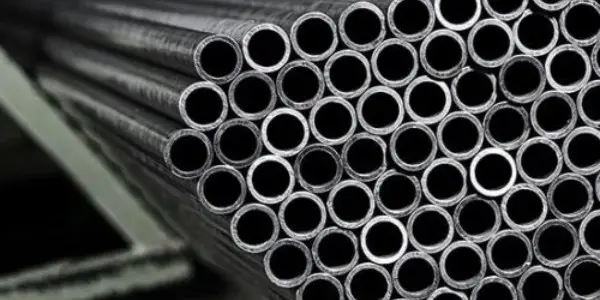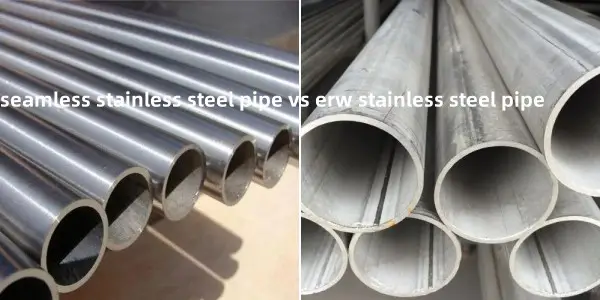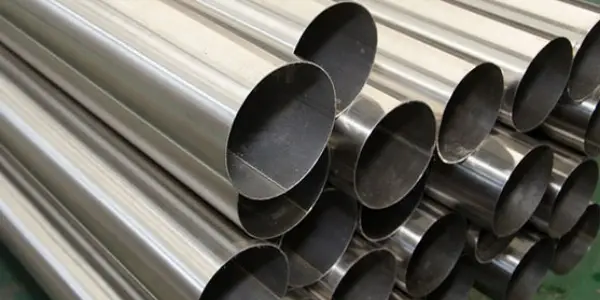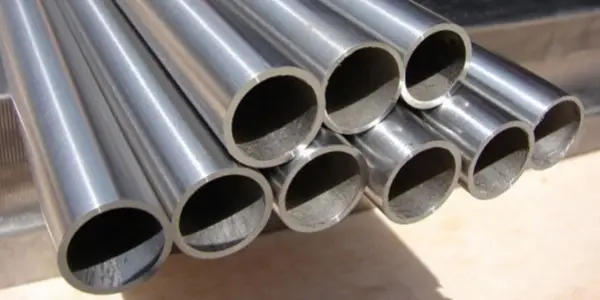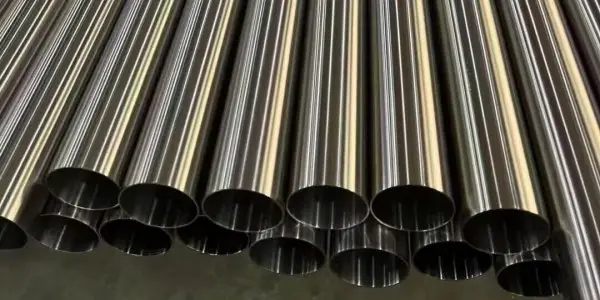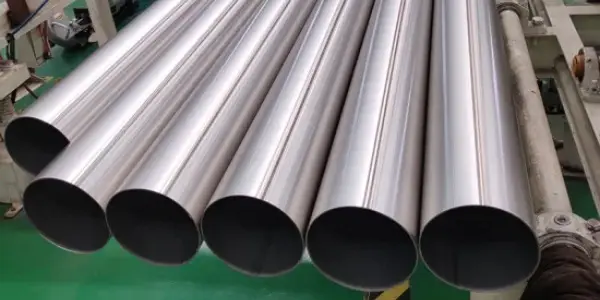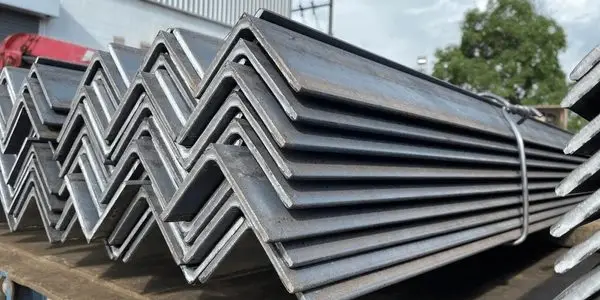-
Large-diameter alloy seamless steel pipe uses
Large-diameter alloy seamless steel pipes are widely used across various industries due to their strength, durability, and ability to withstand high pressure and temperature. These pipes are manufactured to meet specific standards, ensuring their performance in demanding applications. Below are the key uses of large-diameter alloy seamless steel pipes according to different standards.
Read More
-
How to identify 304 stainless steel plate?
To accurately determine whether a stainless steel plate is made of 304 grade, you can employ several methods as follows. Read on to learn more.
Read More
-
Welding method of stainless steel plate
Stainless steel plate welding is a specialized process that requires precision and adherence to specific methods to ensure the integrity and strength of the joint. Here's a detailed overview of the various welding methods and techniques used for stainless steel plates.
Read More
-
Hardness test method for stainless steel seamless pipe
When conducting hardness testing on stainless steel, it is essential to consider the mechanical properties of stainless steel seamless pipes, which affect the material's performance during processes like deformation, stamping, and cutting. Therefore, all seamless steel pipes must undergo mechanical performance testing. These tests are typically divided into two categories: tensile tests and hardness tests.
Read More
-
Differences between seamless and ERW stainless steel pipe
Seamless and ERW (Electric Resistance Welded) stainless steel pipes are commonly usedstainless steel pipes in various industry. Here are the key differences between seamless and ERW (Electric Resistance Welded) stainless steel pipes. Read on to learn more.
Read More
-
SCH 80 stainless steel welded pipe
Stainless steel welded pipes (SS welded pipes) are steel pipes formed by welding stainless steel or steel strips after they have been curled and shaped using specific units and molds. These pipes are extensively used in various industries, including construction, structural engineering, machinery, bridges, vehicles, ships, and pipeline systems. Here's an overview of the SCH 80 stainless steel welded pipe.
Read More
-
How to deal with the dirt on the surface of stainless steel seamless pipe?
Stainless steel seamless pipes (SS SMLS pipes) are prone to accumulating dirt when stored in warehouses for extended periods. If not cleaned promptly, this dirt can lead to corrosion, diminishing the pipe’s quality and making it appear less polished. This can negatively affect customer perception and ultimately impact sales and company profits. Therefore, proper care and cleaning of stainless steel seamless pipes are essential. Here’s how to effectively remove dirt and maintain these pipes.
Read More
-
Quality inspection and standards for stainless steel seamless pipes
A stainless steel seamless pipe is a type of pipe made from stainless steel that is produced without any welded seams or joints. The manufacturing process involves heating a solid stainless steel billet and piercing it to form a hollow tube. Due to the absence of welded joints, seamless pipes are often preferred for applications that require superior strength, durability, and resistance to pressure. These pipes are resistant to corrosion from weak corrosive media like air, steam, and water, as well as chemically corrosive substances such as acids, alkalis, and salts.
Read More
-
Nondestructive testing on 304 welded stainless steel pipe welds
Nondestructive testing (NDT) is crucial for evaluating the quality and integrity of welds on 304 welded stainless steel pipes without causing damage to the material. Several NDT methods are commonly employed to ensure that the welds meet the required standards for performance and safety. These methods help detect internal or surface defects, such as cracks, porosity, and incomplete fusion, which can compromise the strength and durability of the welds.
Read More
-
ASTM A36 American standard angle steel
ASTM A36 American Standard Angle Steel is a widely used structural steel that meets the chemical composition and mechanical properties defined in the ASTM A36/A36M standard. This angle steel is known for its excellent weldability, processability, strength, and toughness, making it a popular choice in construction, bridge building, machinery manufacturing, and other industries.
Read More

 English
English Español
Español




 Tel : +86-18565811709
Tel : +86-18565811709 Email :
Email : 